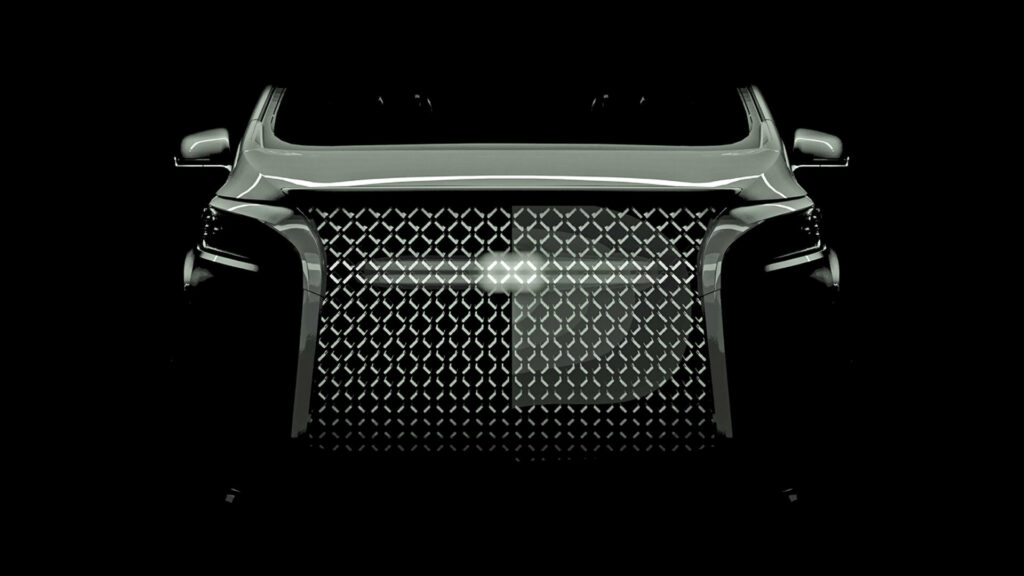The Faraday Future Dilemma

Looking at the electric vehicle industry, it’s clear that startups can face tough odds, and Faraday Future is certainly feeling the pressure. In the first quarter of the year, they only managed to deliver two units of their much-hyped FF 91 EV, bringing in a modest $300,000 in revenue. This is a drop in the bucket when compared to their staggering net loss of $48.2 million.
Plans Vs. Reality

Faraday Future has ambitious plans. They’re working to launch a new line called the FX brand, which aims to offer a variety of vehicles, including the Super One minivan and the FX 6 crossover. Even more accessible is the FX 5, which is expected to be priced between $20,000 and $30,000. While these models promise diversity for potential buyers, the company’s current state displays a challenging path forward.
Challenges in Deliveries
Despite announcing 1,300 pre-orders for their Super One van, only three of these have actually been confirmed as binding. This casts a shadow on their ability to reliably generate future sales, illustrating a significant hurdle in converting interest into actual transactions.
Financial Struggles
Faraday Future’s financial reports signal some alarming details. Even as they entered the East Coast market with a delivery in New York, their claim of expanding the “client base” offers little comfort. The reality is, with just two cars delivered, scaling production and sales remains a daunting task. To add to their woes, their financial reports were loaded with omens, highlighting a persistently bleak financial outlook and risks from operations in China.
Driving Experience
The FF 91, with its futuristic design and luxury claims, promises a striking ride. Yet, based on the limited number of units sold, there’s little feedback on how it feels behind the wheel. Comparatively, electric vehicles like the Tesla Model S or the Lucid Air have established themselves with proven records in both performance and luxury, leaving Faraday needing to establish firm ground for its claims.
Looking Ahead
There are bits of hope, though. Faraday Future has an agreement for 1,000 units with JC Auto, but it’s uncertain how many, if any, will come to fruition. Similarly, a deal with Sky Horse Auto for 300 MPVs brings skepticism as the actual number might range from a few to none. Securing a non-refundable deposit of $30,000 is a relief, yet not enough to change the overall financial picture.
In summary, while Faraday Future has a visionary eye on a broad lineup and potentially affordable vehicles, the road ahead comes with bumps that need navigating. It’ll be interesting to watch how they adapt to these challenges and whether they can steer into calmer financial waters.
C-Class Gets a Refresh
Superbird Sells High
Renault Boreal Debut
1985 Maxima Revival
Scout SUV Reimagined